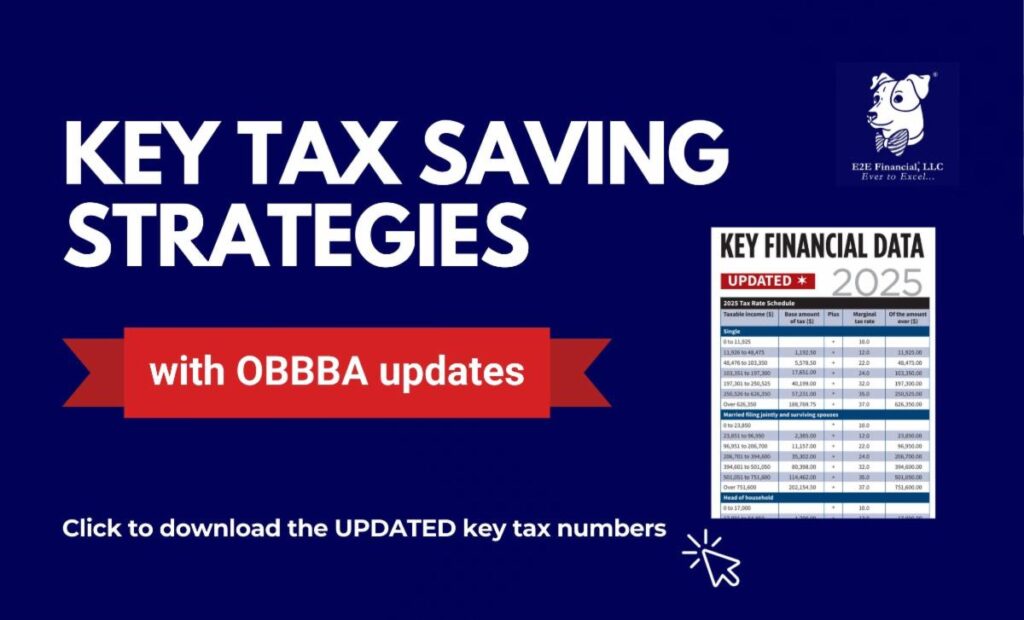We hope you had a great Labor Day Weekend! As football season starts back up and the air starts to get a little cooler it’s a great reminder to start working on your 2025 tax planning. Having proactive strategies in place can help you put more money in your pocket and limit tax liability.
By following these few steps your CPA, Financial Coach and cash flow will thank you:
Get a 2025 tax estimate NOW. Reach out to your dental specific CPA and get a checklist of what they need from you to get you an accurate tax estimate. Don’t have a dental specific CPA? Reach out, we can help!
Review tax-reducing strategies. These should include a qualified retirement plan. If you already have a plan, get calculations from your third-party administrator (TPA). If you don’t have a retirement plan, no problem! You can set one up. Ask your CPA if it makes sense for you. AND there may be tax credits available to help offset the startup costs AND contributions!
Review your investments. The silver lining of having losses is to harvest them to offset potential taxes.
Current tax laws can help you! Including Secure Act 2.0 that can help offset your retirement plan costs. Plus check out the 2025 Key Tax Numbers, reflecting the changes from the One Big Beautiful Bill Act (OBBBA).
Reach out to schedule your free consultation.
Click here to watch our full video and make sure you’re not overpaying in taxes.
We’re here to help you understand the OBBBA and share other strategies on how to finish 2025 strong and set you up for an amazing 2026!





